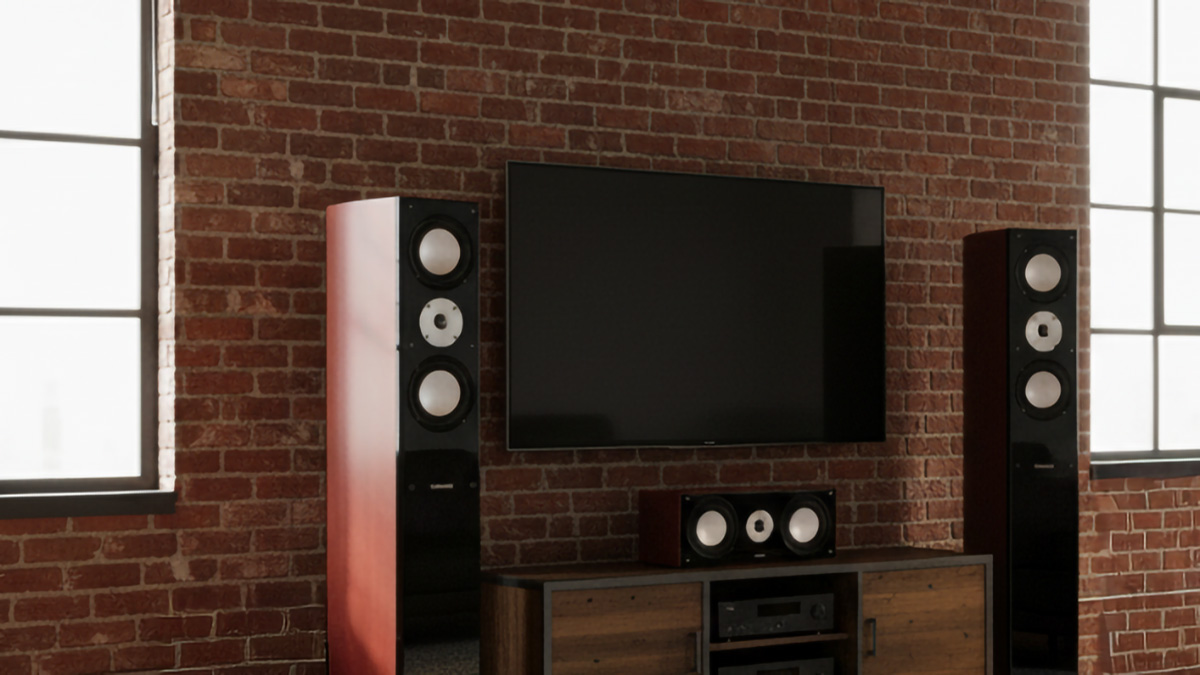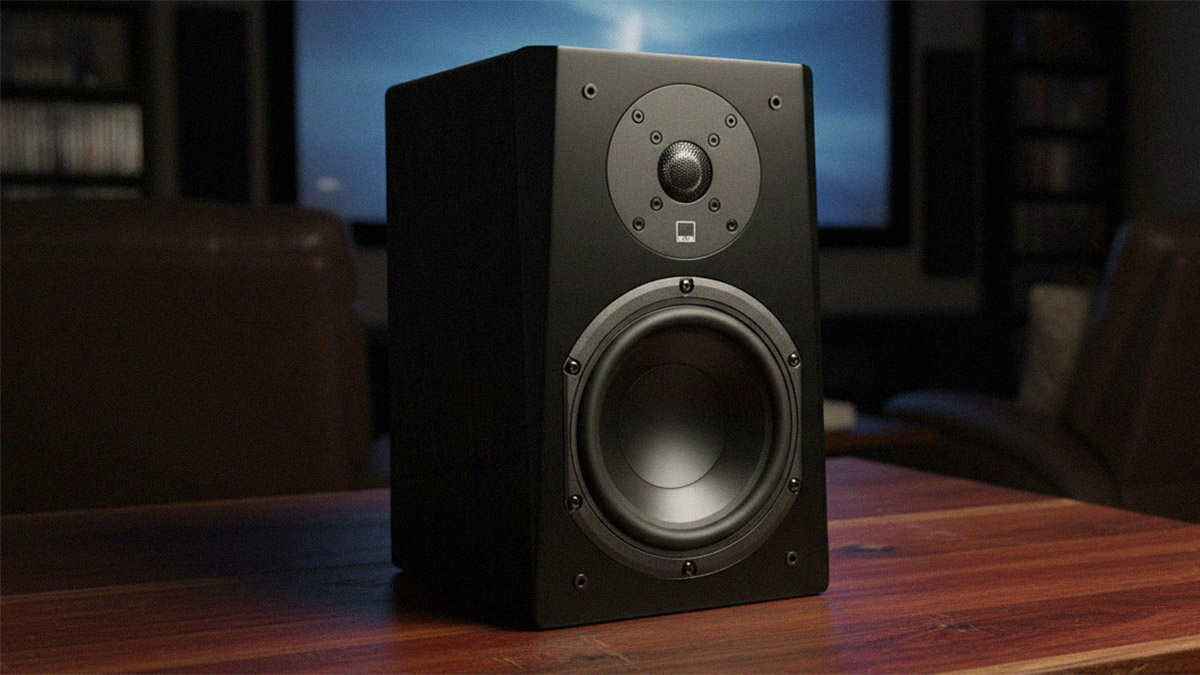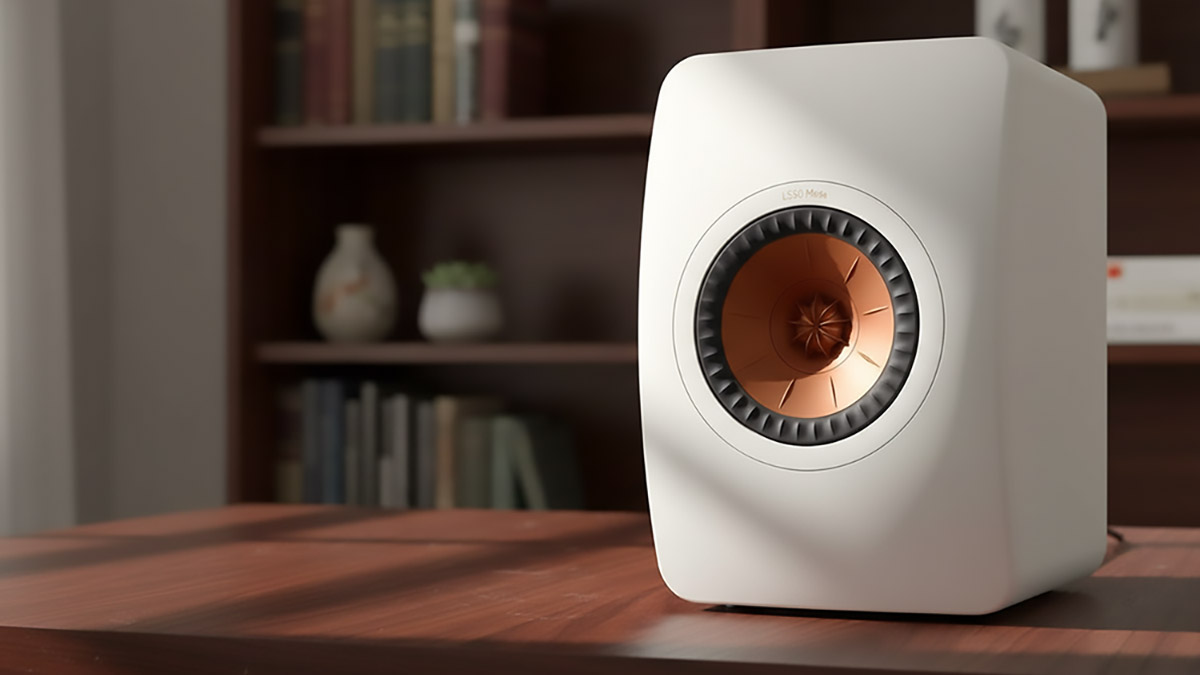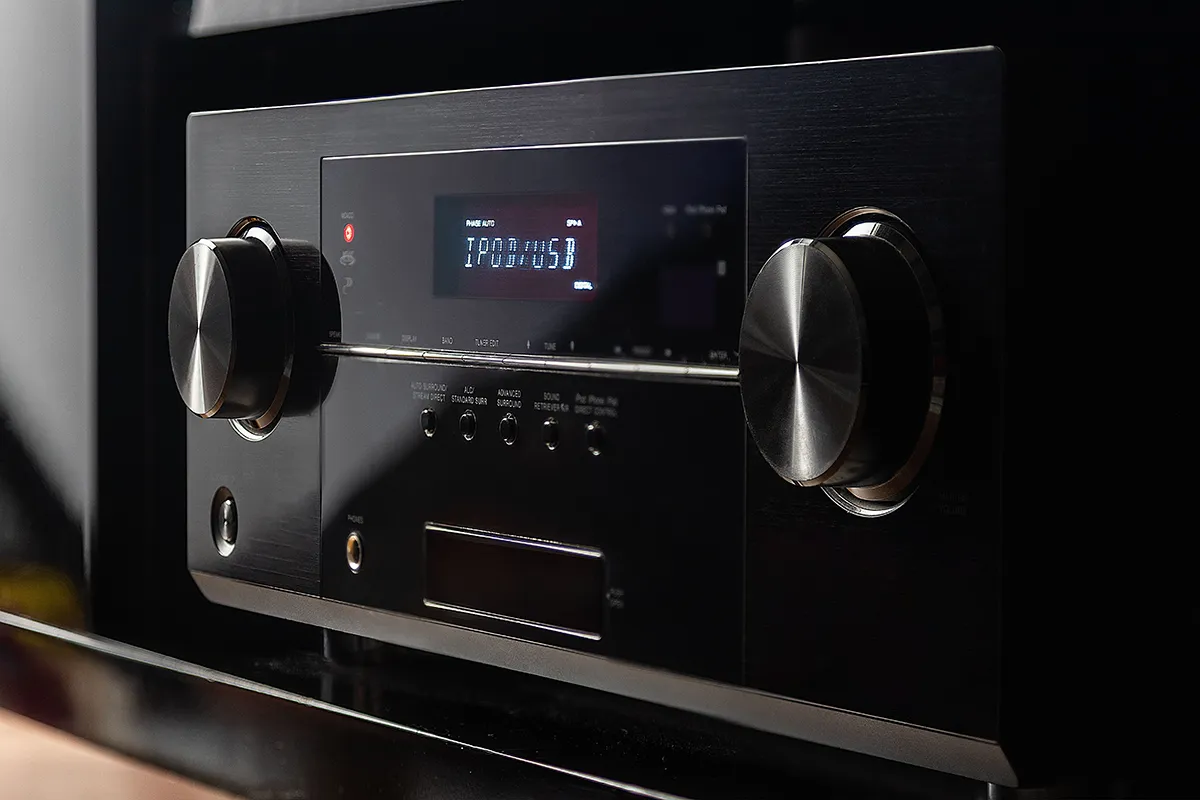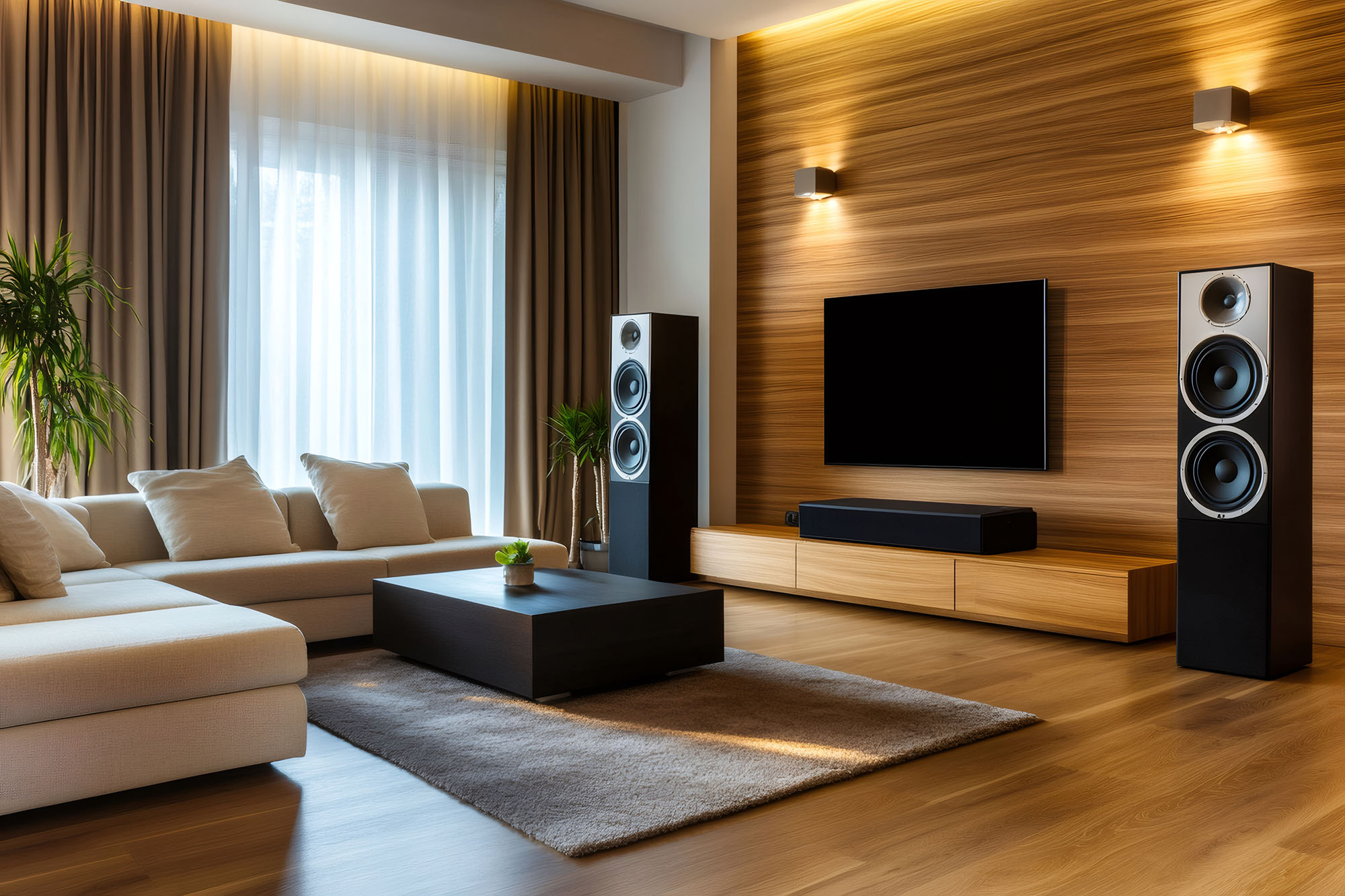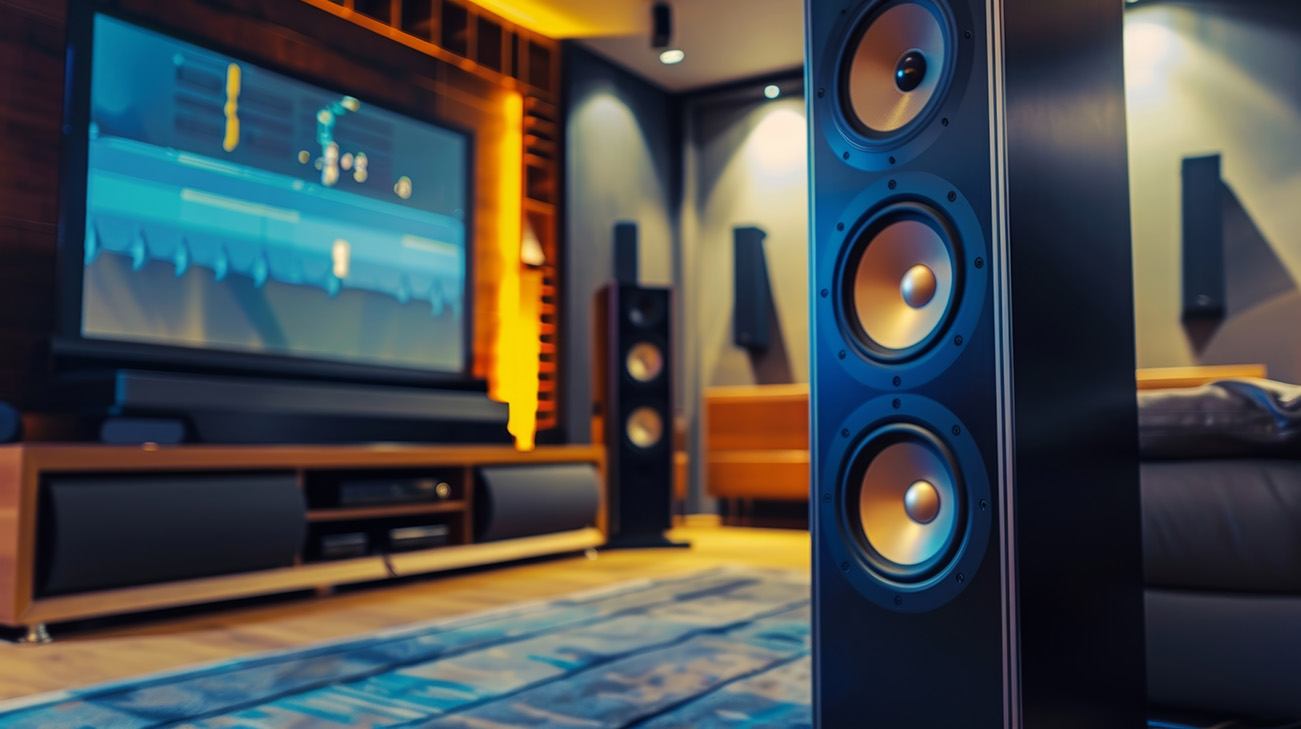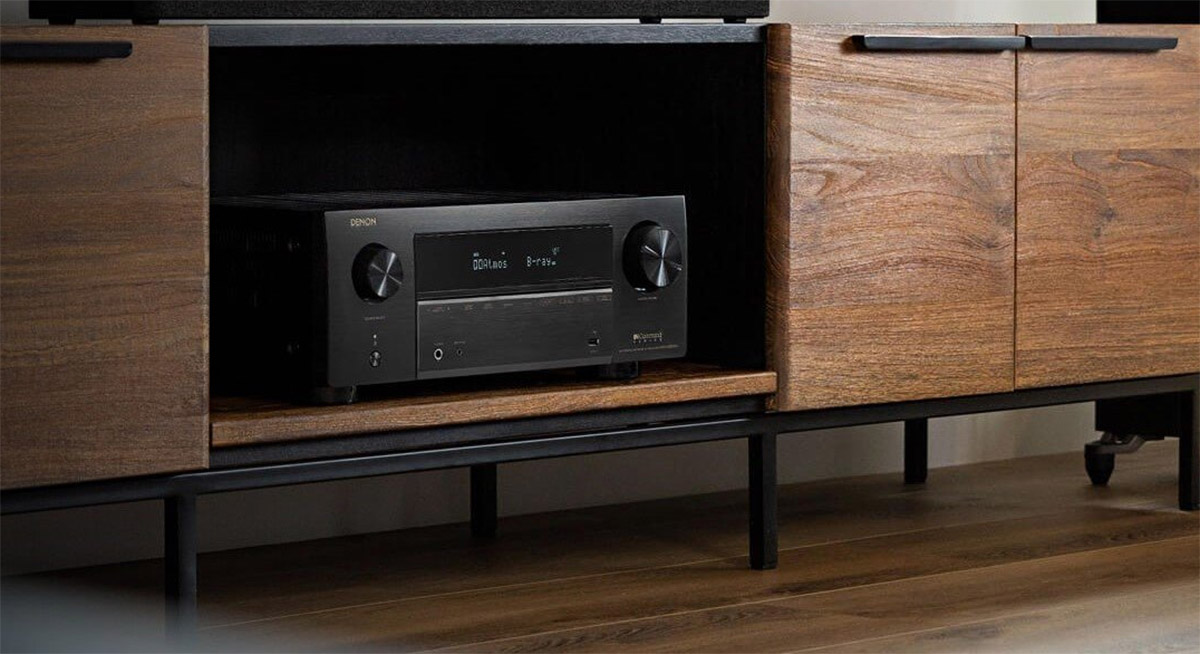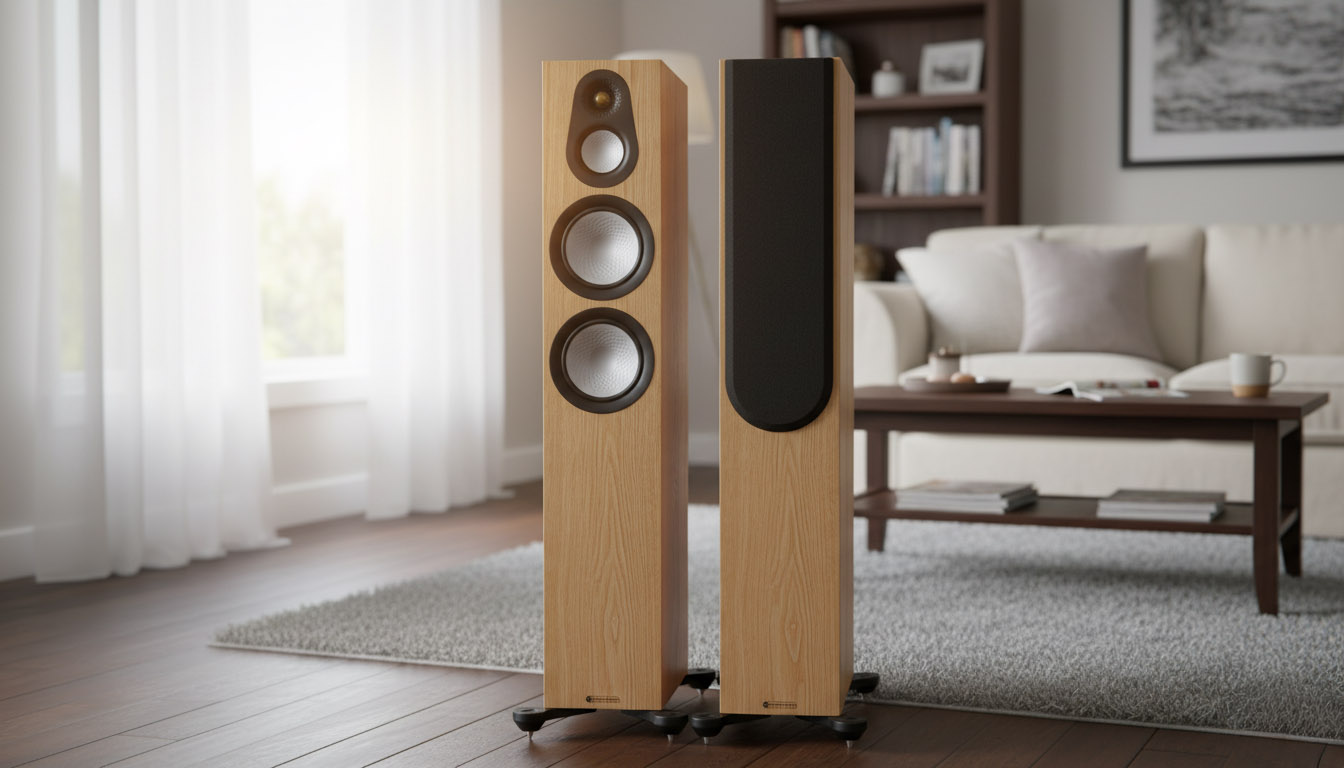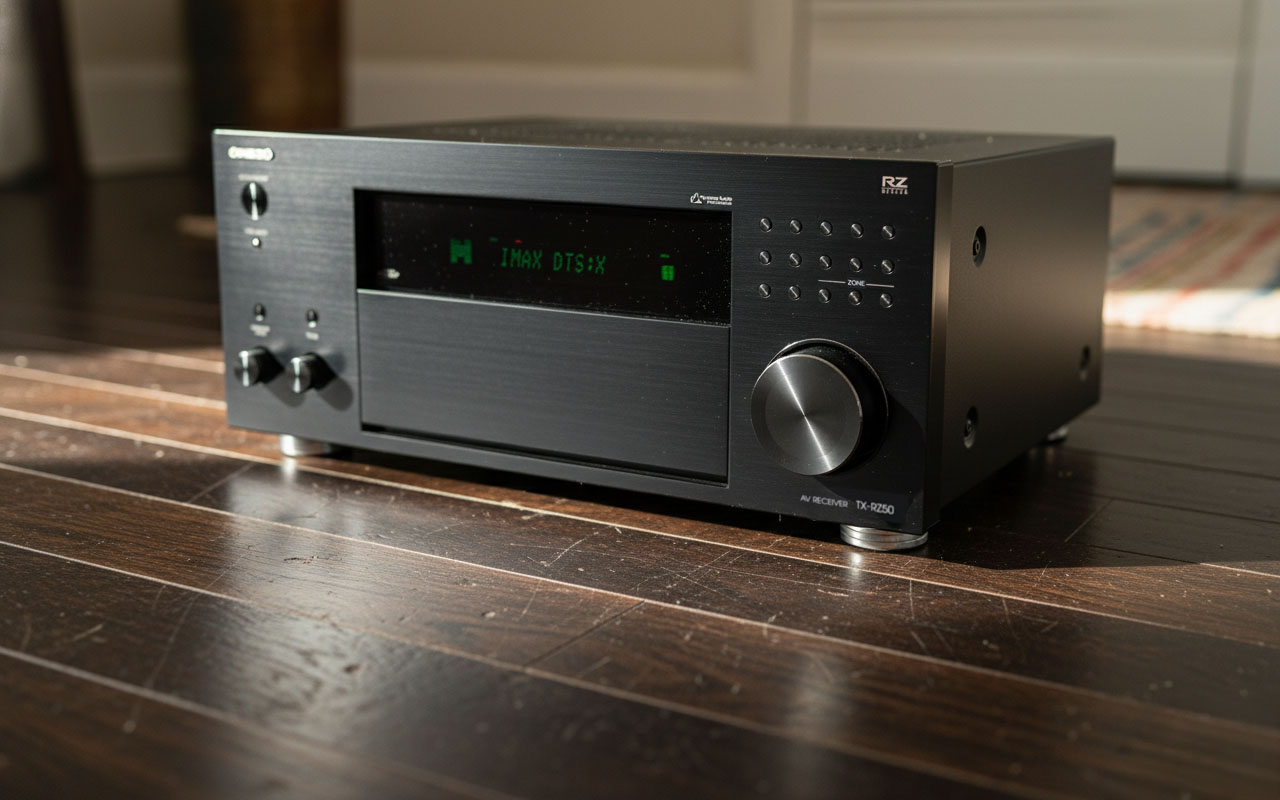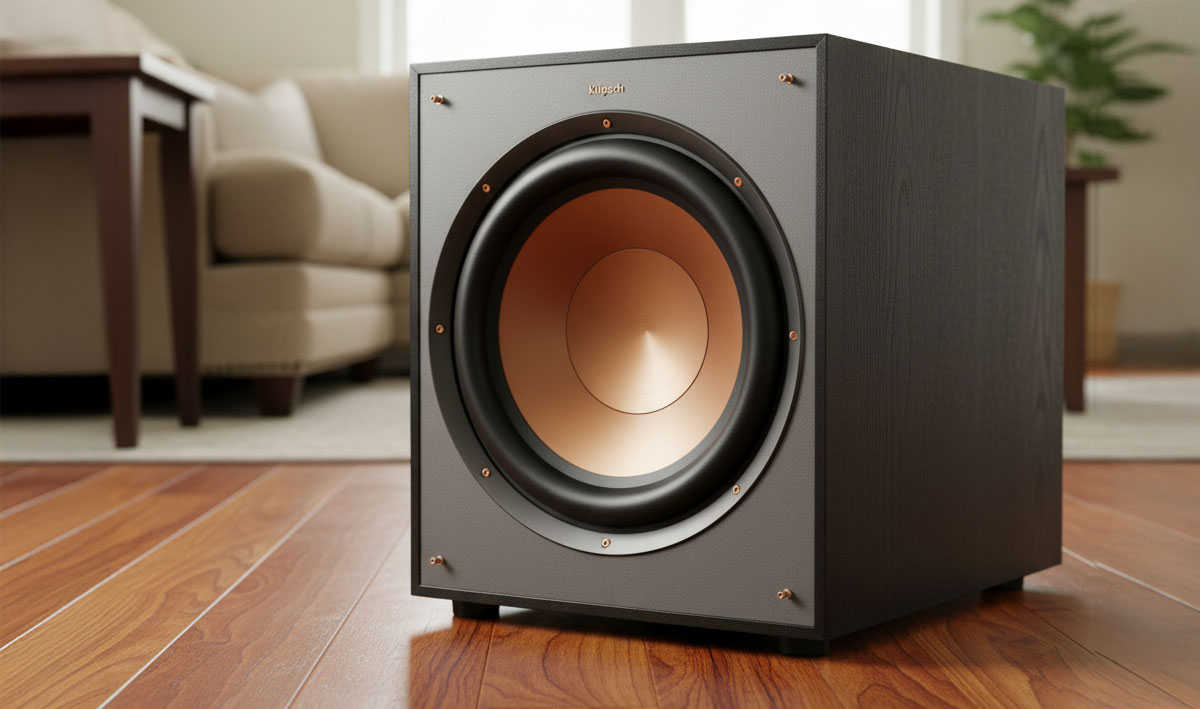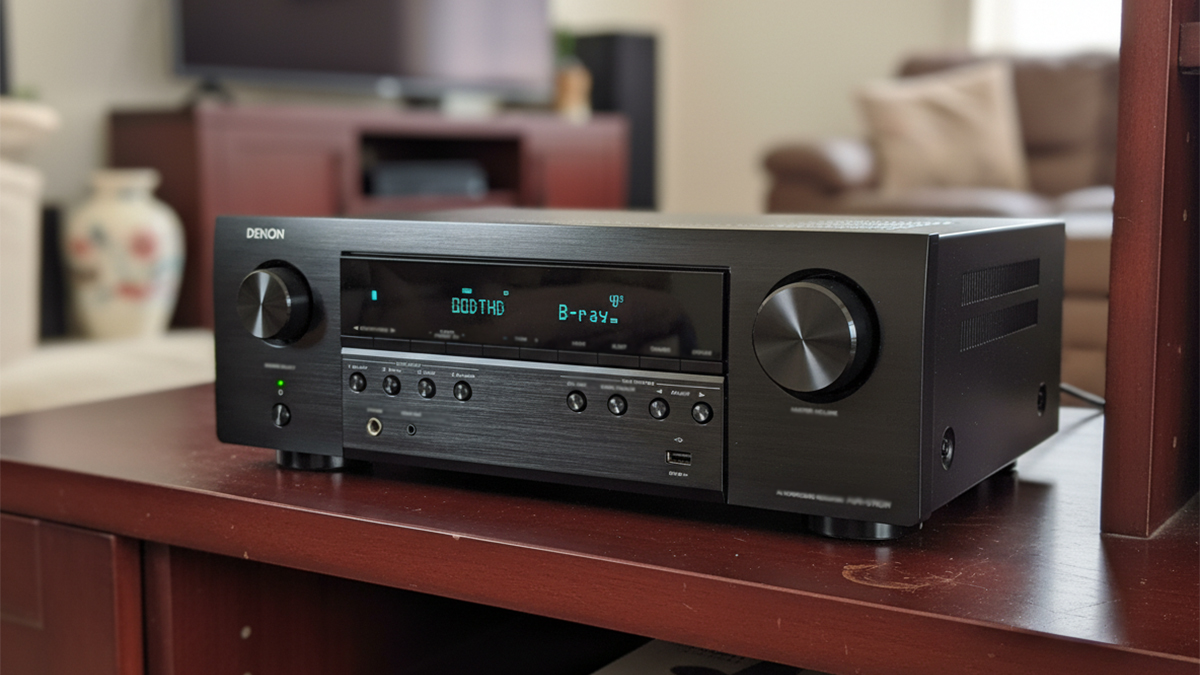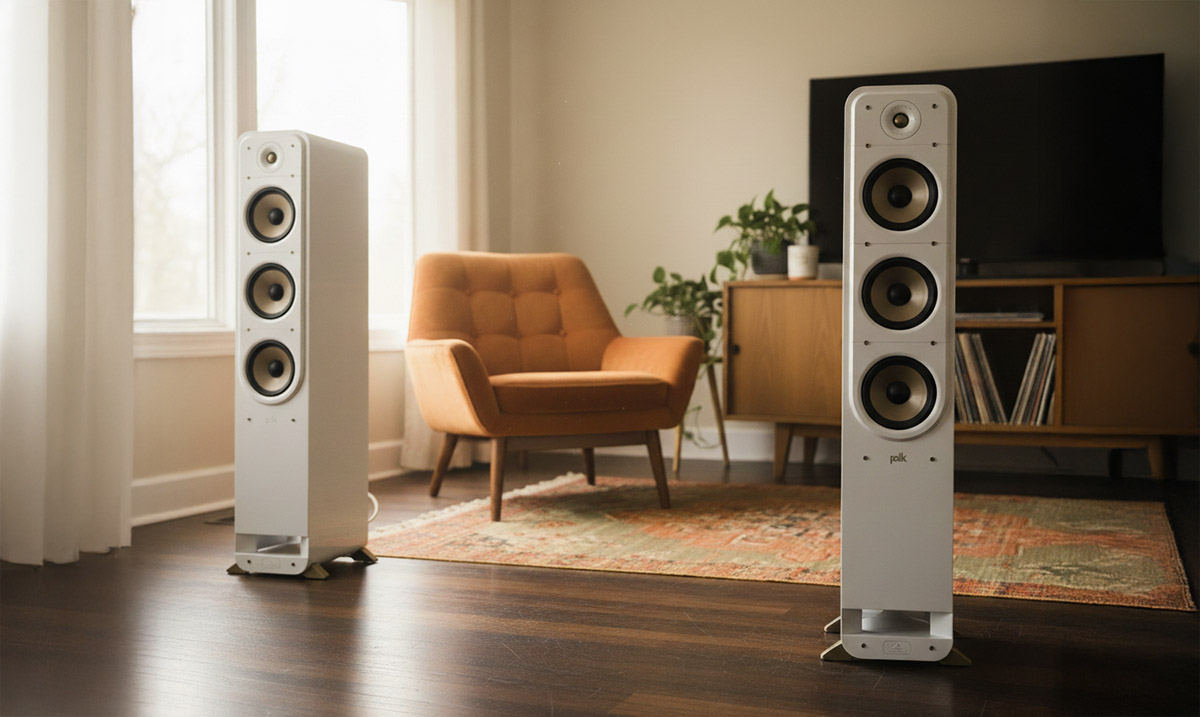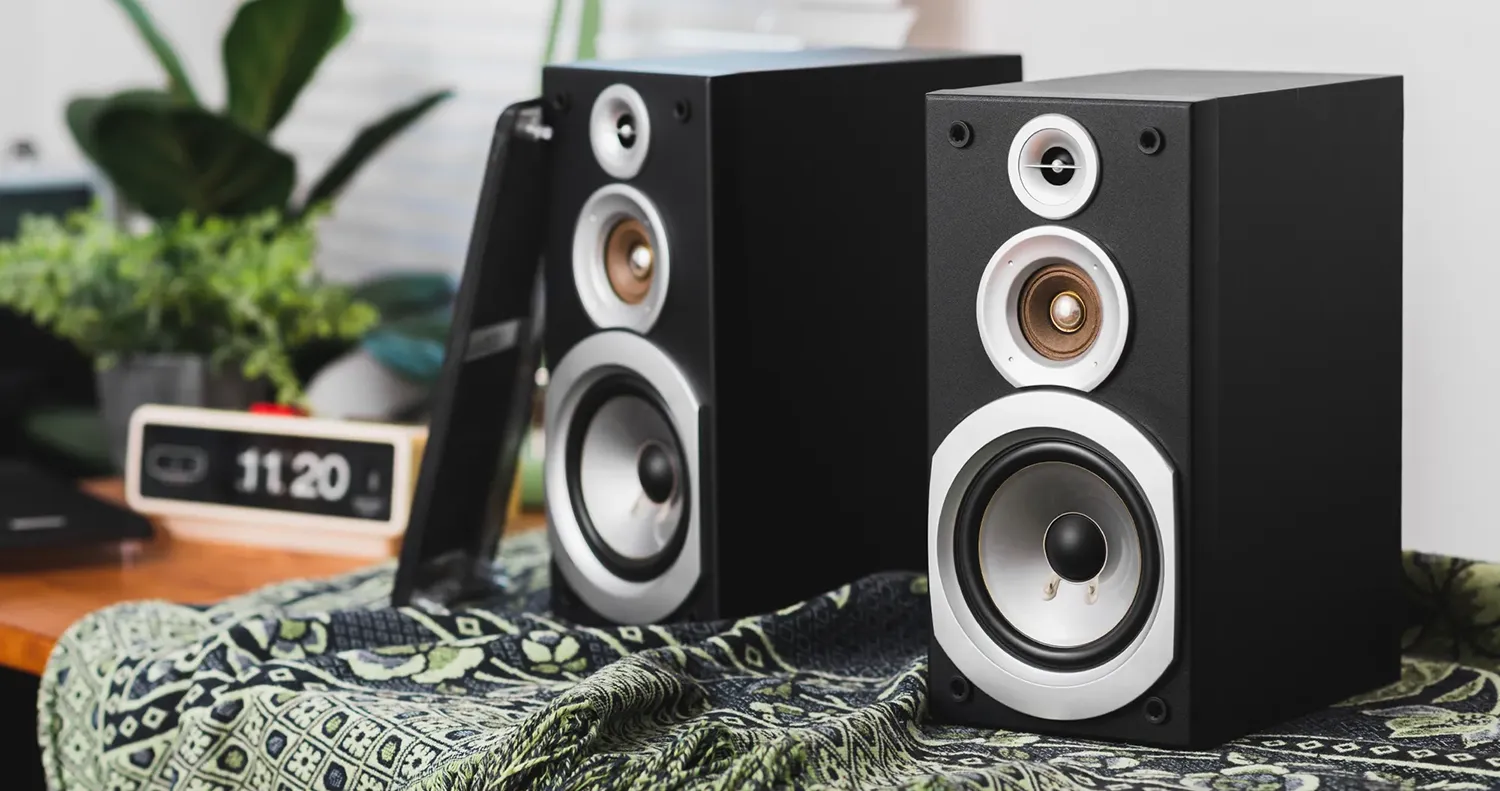You want movies to sound big, clear, and believable. Dialogue should stay anchored to the screen, effects should sweep smoothly around the room, and bass should feel strong without turning boomy. Getting there starts with a simple choice that confuses a lot of people. How many channels do you actually need. Pick a sensible layout, place the speakers well, and run a careful calibration, and your room will do the rest.
What the numbers mean
Channel labels look like codes, yet they are simple once you decode them. A system noted as 5.1 has five ear level speakers and one subwoofer output. Add two overhead or height speakers and you get 5.1.2. Move to seven speakers on the floor with four heights and you get 7.1.4. The first number is the ear level speakers, the second is the subwoofer count in the processor, the third is the number of height speakers. That is it.
Atmos and other immersive formats can render with as few as two heights. Four heights improve coverage and make motion above you feel more convincing, especially across a sofa. Six heights belong in larger rooms with the right electronics and budget, not in a small living room.
Start with your room and seats
Room size and seating decide your needs more than any spec sheet. One centered chair in a small room does not require a forest of speakers. A wide sectional in an open plan family room benefits from broader coverage so people off center still hear a balanced mix.
Three Simple Steps to Follow:
- How many people are you trying to cover.
- Where can you place speakers at or near ear height.
- Can you add two or four heights without wrecking the ceiling or the decor.
Answer those, and the right channel count begins to reveal itself.
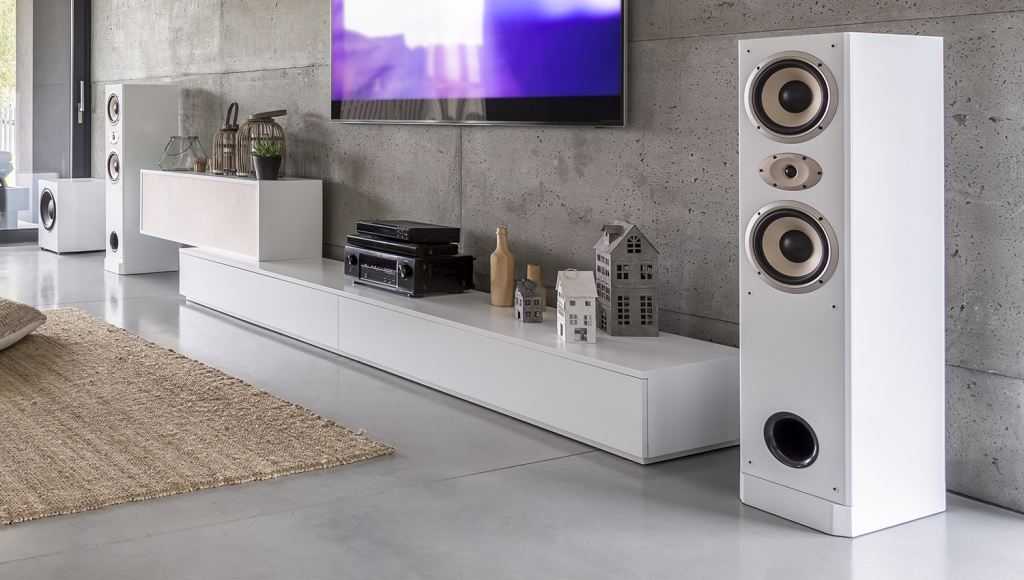
A guide for most users
2.0 or 2.1 for a small space or a music first setup
Two good speakers change television and casual films more than you might expect. Add a subwoofer and the sense of weight improves with little visual clutter. If you live in a studio or sit very close, this is a clean, smart start. You can build from here without throwing anything away.
3.1 if dialogue clarity is the main pain point
A dedicated center speaker locks voices to the screen. Off axis seats hear speech with less strain, and you will ride the volume less often. For families in small rooms, 3.1 is a solid early upgrade.
5.1 as the proven surround foundation
Five speakers at ear height and one subwoofer deliver real envelopment, stable pans, and strong value. You get proper left and right surrounds that work on far more content than you might think, including sports and streaming shows. If you never plan to drill ceilings, it still carries a lot of the magic.
5.1.2 as the most efficient step into Atmos
Add two heights and overhead cues appear. Put them in the ceiling above the listening area if you can. If you cannot, certified up firing modules on top of the front speakers are a workable second choice in rooms with flat, reflective ceilings. Many people stop here and feel no urge to add more.
5.1.4 or 7.1.2 to widen the bubble
Four height speakers smooth overhead movement and cover wider seating. If you have a single row, 5.1.4 often sounds more convincingly three dimensional than 7.1.2 because the height layer is continuous front to back. A deep room with more seats may prefer 7.1.2, since the extra pair of surrounds help fill the back corners.
7.1.4 for larger rooms or two rows
Seven ear level speakers and four heights balance immersion with practicality. This is the sweet spot for many dedicated rooms. You get clean pans all around, proper front to back motion overhead, and the flexibility to scale with better speakers later.
9.1.6 and beyond for big custom theaters
Extra wide channels and six heights can be fantastic in large rooms with careful design. In most living rooms, the money is better spent on better speakers, stronger subwoofers, and some acoustic treatment rather than chasing more channels.
Hardware that matches each step
You do not need to overspend. Match your plan to an honest receiver, then add power only if your speakers demand it.
For 3.1 through 5.1.2
A capable mid tier AVR will do the job. Look at Denon AVR X2800H, Yamaha RX A4A, Onkyo TX NR6100, or Sony STR AN1000. These models handle the decoding, provide room correction, and offer clean power for small and medium rooms. If your speakers are efficient towers, you will have even more headroom.
For 5.1.4 or 7.1.2
You need nine channels of amplification, or at least nine channels of processing with an extra stereo amp. Denon AVR X3800H, Marantz Cinema 50, and Onkyo TX RZ50 all run these layouts. They also support advanced room correction options in case your space is tricky.
For 7.1.4
Plan for eleven channels of processing. Many receivers in this class provide nine internal amps and preamp outputs for two more channels. Denon AVR X4800H and Marantz Cinema 50 with a small two channel amp are common routes. If you prefer separates, a processor plus a multichannel amplifier gives you more flexibility later.
|
$1,799.00
|
$1,399.99
|
$1,048.00
|
Speaker choices that are easy to place
You do not need giant boxes to get great results. In compact rooms, consider KEF Q series with Q50a modules, Polk R series with R900 modules, or Klipsch Reference Premiere with RP 500SA modules for height. These pairings keep the footprint tidy and still give you a real sense of space. In larger rooms, in ceiling coaxial speakers placed above the row create clean height images without visual clutter. Keep the three front speakers from the same series when you can, place tweeters near seated ear height, and toe the left and right fronts slightly toward a point just behind your head.
Subwoofers matter more than channel count
A great channel layout cannot rescue weak bass. One capable subwoofer in a friendly spot beats two extra surround speakers every time. Dual subs, placed with care, smooth bass across a sofa and reduce the boom that annoys families. Once the low end is even, every speaker above it sounds cleaner and more dynamic. If you have not budgeted for a good sub, do that before you add more channels.
RELATED: One Subwoofer or Two, Which is Better?
Placement and calibration basics
Angles and height matter. Keep ear level speakers at, or just above, seated ear height. Place the center as close to the middle of the screen as you can manage. Do not place surrounds high near the ceiling unless the room forces it. Aiming for ear level keeps timbre consistent as sounds move around you.
Run the microphone routine that came with your receiver. Take your time, keep the room quiet, and follow the pattern for mic locations. After it finishes, listen in two modes. First, with processing on. Second, in a minimal or pure mode. Pick the one that gives you natural voices and even bass at your normal volume. That simple A B check avoids the trap of chasing curves that look good on a graph but feel odd in your room.
A quick guide to follow:
- One person, small room, short viewing distance
Pick 3.1 or 5.1. Add 5.1.2 if ceiling work is easy. - Family sofa, medium room, mixed use
Go 5.1.2. If you can add two more heights without drama, 5.1.4 is a clear upgrade. - Large room, two rows, projector nights
Plan for 7.1.4 with dual subs and a receiver that processes eleven channels. Add an external two channel amp if your AVR has nine power amps on board.
Model pairings that work in the real world
- Small living room
Denon AVR X2800H, KEF Q350 fronts with Q250c center, Q50a height modules, and a single SVS SB 1000 Pro. Compact, clean, and very friendly to place. - Family room step up
Onkyo TX RZ50, Polk R700 towers, R200 surrounds, R900 height modules, and a 12 inch ported sub. Strong value with room correction that handles odd spaces. - Dedicated room
Denon AVR X3800H plus a two channel power amp for the fronts, Monitor Audio Silver 300 fronts, matching center and surrounds, four in ceiling heights, and dual subs. Flexible now, expandable later.
Why this approach works
Your system should match your space and your habits. A modest, well placed 5.1.2 layout with a good sub and a careful calibration will beat a bigger layout that is crammed into the wrong spots. Start with the fewest channels that cover your seats without gaps, then upgrade speakers, subwoofers, and room treatment before you chase more channels. When the base is strong, the first move to four heights and seven ear level speakers in a larger room feels natural rather than messy.
Bottom line
Choose channel count by room size, seating, and your tolerance for installation work. Use 5.1 as a reliable base, add 5.1.2 for an efficient jump into Atmos, move to 5.1.4 or 7.1.2 as your seats spread out, and aim for 7.1.4 when you have the space and the budget. Keep ear level speakers near ear height, place subs with care, and run a slow, thoughtful calibration. Do those things, and your system will sound balanced, dynamic, and comfortable at the volume you enjoy.
Teksignal.com participates in the Amazon Services LLC Associates Program, an affiliate advertising program designed to provide a means for sites to earn advertising fees by advertising and linking to Amazon.com

